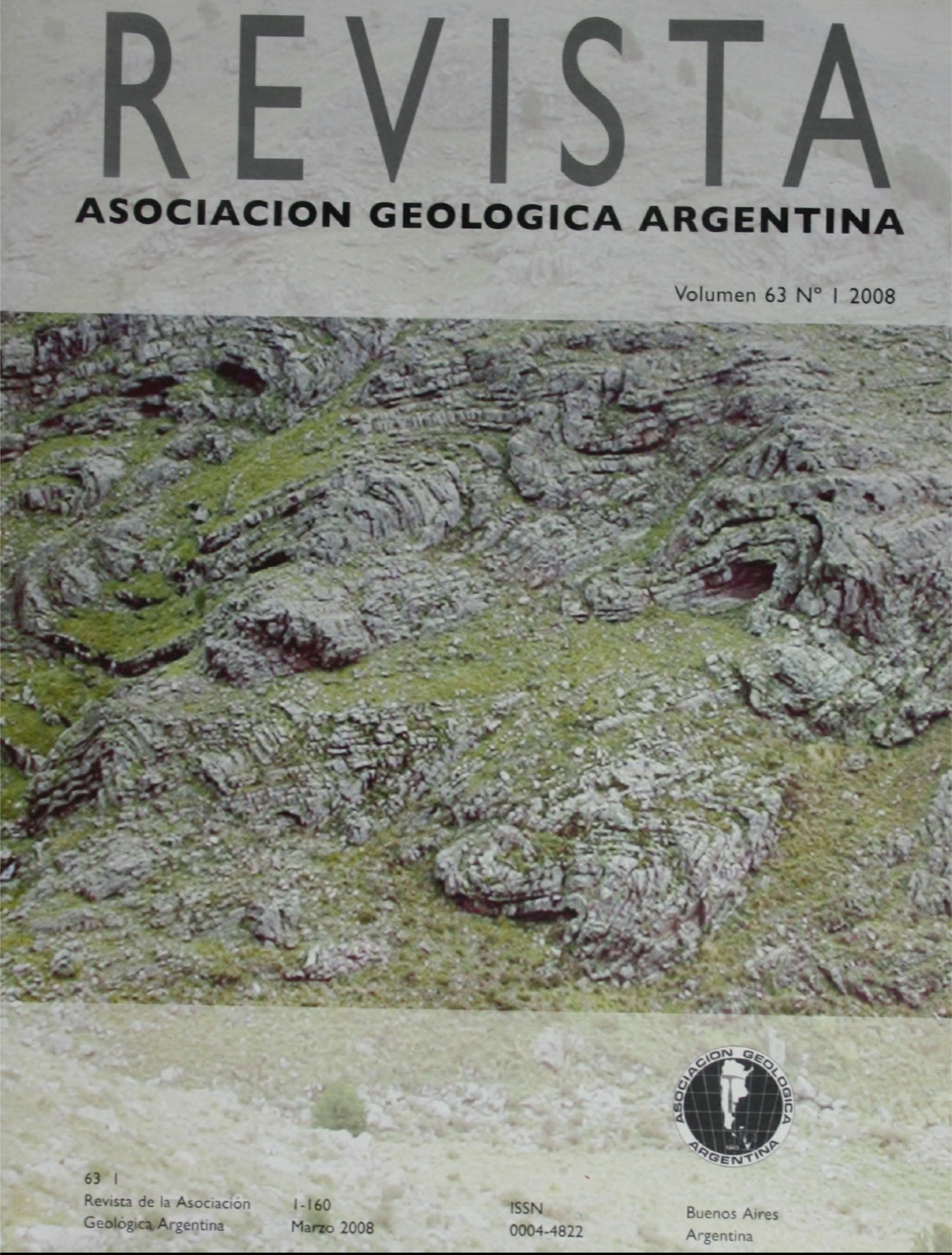Cyclicity of glaciolacustrine deposits from Cerro Rigal, Epuyén, NW Chubut, Argentina
Main Article Content
Abstract
Lakes are sediment traps and therefore they record past climate variations. Glacial lakes only give information of those periods where they were free of ice (interglacials). At the same time, paleoclimatic studies based on cycles (varves) need to know if processes respond only to annual changes (summer-winter seasonality) or if they are also representing cycles of a longer temporal scale (interannual). These sedimentary records can represent trends (glacial advances, retreats or captures), local effects (volcanism, gravity-dominated phenomena) or episodes (jokulhaups, scablands). According to their dynamics, glacial lakes vary in relation to the summer stratification of the surface waters (monomitic, dimictic or polimictic lakes). In the Pleistocene sequence of the Cerro Rigal (Northwest Chubut) interannual events were recorded in the difference of the varves thickness and the seasonal variations in grain size. The ciclicity of this sequence is confirming that these ENSO effects recorded today in the Patagonian Andean lakes have also taken place during the Quaternary.
Article Details

This work is licensed under a Creative Commons Attribution-NonCommercial 4.0 International License.
Nota de copyright
Los autores conservan los derechos de autor y garantizan a la revista el derecho de ser la primera publicación del trabajo licenciado según una licencia de atribución Creative Commons que permite a otros compartir el trabajo con el reconocimiento de la autoría y de la publicación en la que se publicó por primera vez.
Declaración de privacidad
Los nombres y direcciones de correo electrónico introducidos en esta revista se usarán exclusivamente para los fines declarados por esta revista y no estarán disponibles para ningún otro propósito u otra persona.

